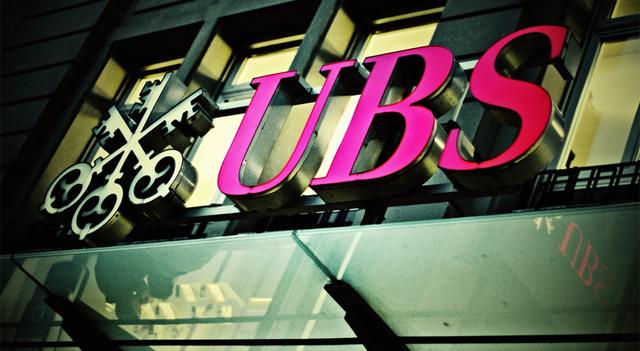On Wednesday, UBS (NYSE:UBS) announced a second-quarter net profit of $2.4 billion, more than twice the $1.1 billion recorded a year ago. This improvement was fueled by strong performance in its core units alongside lower costs related to integration.
The bank reported a 49% rise in profit before tax to $2.2 billion, while underlying profit before tax climbed 30% to $2.7 billion, according to its statement.
Group revenue increased by 2% year-on-year to $12.1 billion, with underlying revenue up 4% to $11.5 billion. Operating expenses fell 6% to $9.8 billion, and underlying costs dropped 3% to $8.7 billion.
UBS’s return on common equity tier 1 (CET1) capital reached 13.5%, or 15.3% on an underlying basis. The cost-to-income ratio stood at 80.5%, improving to 75.4% when excluding integration expenses.
The Global Wealth Management division saw a profit before tax of $1.2 billion, with underlying profit at $1.4 billion. Revenues rose 4% to $6.3 billion, supported by a 12% boost in transaction-based income. Net new assets grew by $23 billion, and invested assets expanded by $294 billion to $4.5 trillion.
The Investment Bank posted profit before tax of $557 million, or $526 million underlying, with revenues rising 6% to $3 billion. Global Markets revenue surged 25% to $2.3 billion, helped by strong equity and foreign exchange activity.
Asset Management recorded profit before tax of $153 million, or $216 million on an underlying basis, with revenues stable at $772 million. Invested assets grew by $156 billion to $1.95 trillion, although net new money was down $2 billion.
Personal & Corporate Banking delivered a profit before tax of CHF 566 million, with CHF 557 million underlying. Revenues decreased 8% to CHF 1.9 billion, impacted by lower net interest income. Credit loss expenses were CHF 91 million.
The Non-core and Legacy unit reported a loss of $250 million, with an underlying profit of $1 million. Revenues were negative $82 million, while risk-weighted assets declined by $1.5 billion to $32.7 billion. UBS stated that 83% of the Non-core and Legacy portfolio has now been wound down.
Total group invested assets reached $6.6 trillion, an 8% increase from the prior quarter. Net new assets benefited from inflows in Asia-Pacific, EMEA, and Switzerland.
UBS advanced its integration of Credit Suisse by completing client account migrations outside Switzerland and transferring roughly one-third of Swiss accounts.
The bank achieved $0.7 billion in new gross cost savings during the quarter, bringing total savings to $9.1 billion—70% of its $13 billion goal.
The CET1 capital ratio was 14.4%, with a CET1 leverage ratio of 4.4%.
Share buybacks totaled $0.5 billion in the quarter, with plans to repurchase up to $2 billion in the second half of the year.
UBS anticipates a double-digit percentage rise in its dividend payout.
The company expanded its use of AI tools, logging 8 million prompts this quarter. Its internal AI assistant, Red, is now used by 52,000 employees, with full deployment expected by mid-2026.
For the first half of 2025, UBS reported net profit of $4.1 billion and profit before tax of $4.3 billion, with underlying profit before tax reaching $5.3 billion.
This content is for informational purposes only and does not constitute financial, investment, or other professional advice. It should not be considered a recommendation to buy or sell any securities or financial instruments. All investments involve risk, including the potential loss of principal. Past performance is not indicative of future results. You should conduct your own research and consult with a qualified financial advisor before making any investment decisions.
